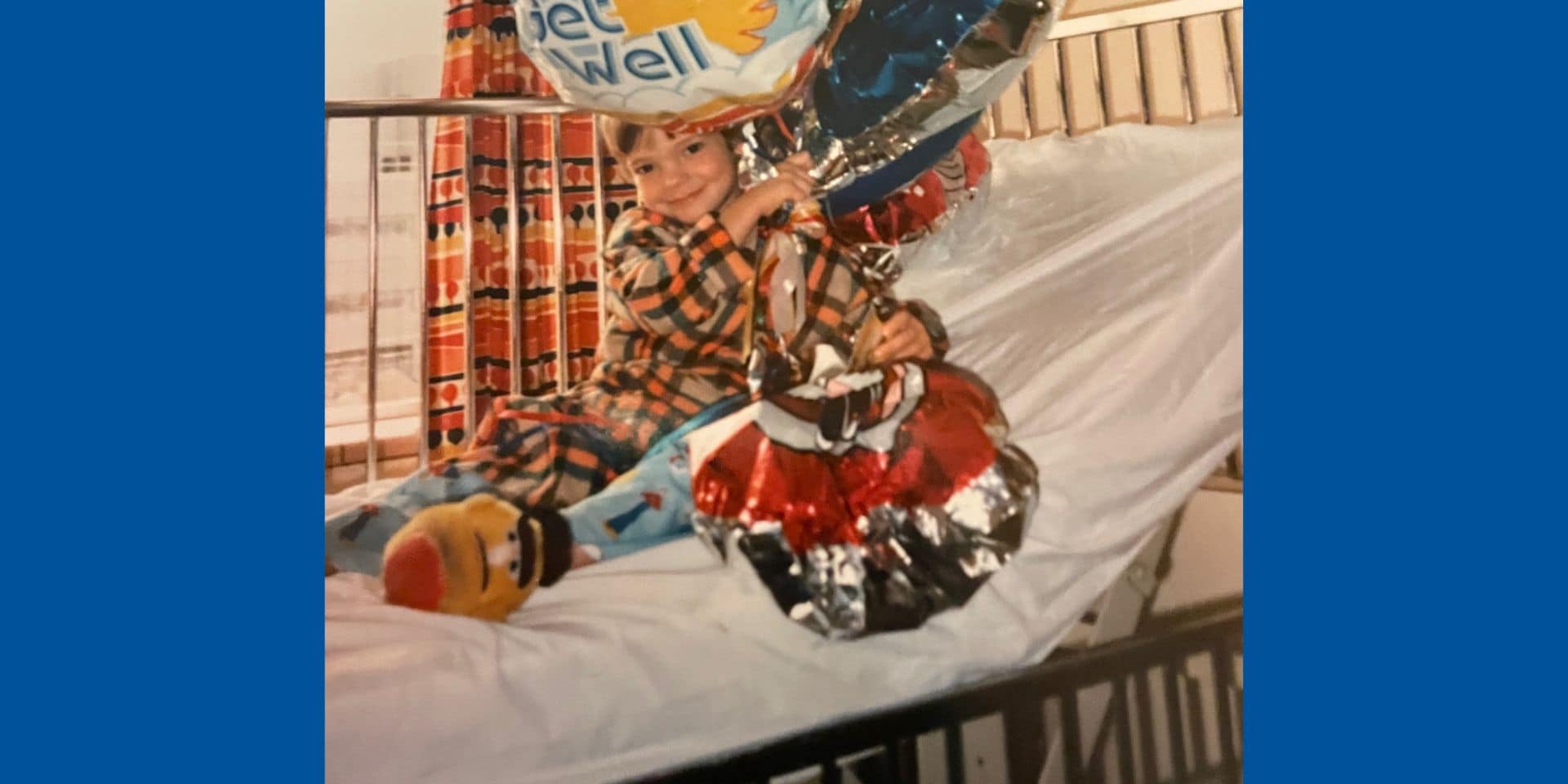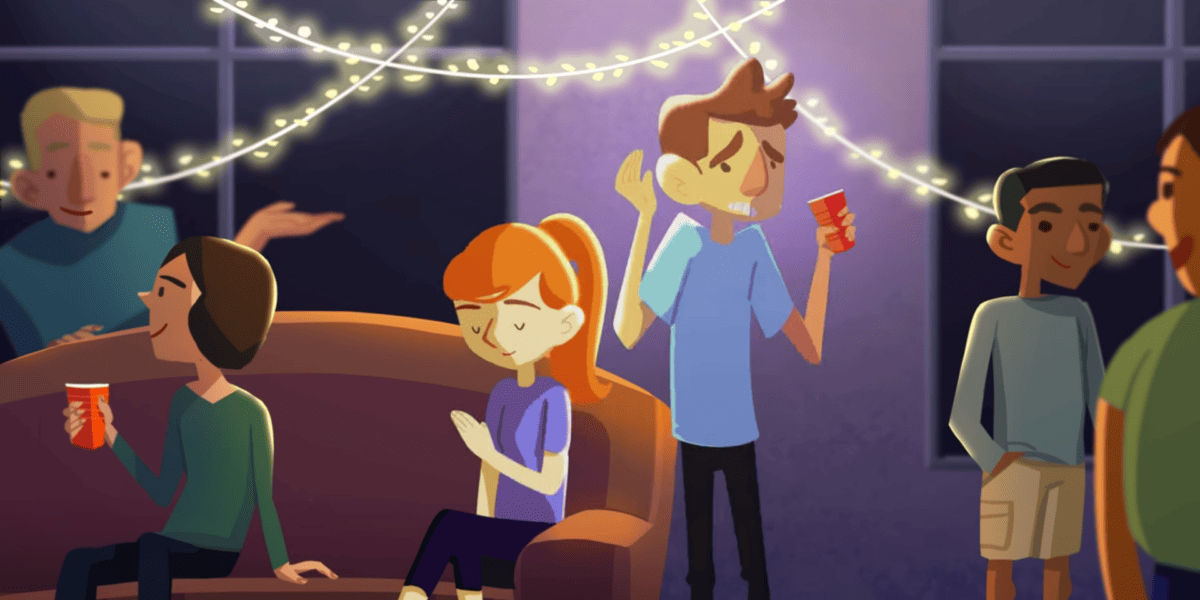
At the age of 6, I was a very normal kid. I played sports and had fun with my brother or friends in our family’s backyard in Gig Harbor, WA. My absolute favorite activity was pretending I was a heroic knight and practicing swordplay against my evil foes (my older brother or just the sword ferns that covered the yard). Then, one day, out of the blue, I fell very ill. What started as flu-like symptoms rapidly developed into significant neck and back stiffness and a frighteningly high fever.
My parents called our pediatrician and explained the rapid deterioration. Our doctor’s guidance could not have been more explicit—take me to the hospital immediately.
My dad did not trust that an ambulance would get me to the hospital fast enough. So, he carried me to the back seat of our car and, along with my mom, sped off to Mary Bridge Children’s Hospital in Tacoma. To this day, I still have memories of that ride over the Narrows Bridge and how the lights flying by were so blurry and foggy.
In the emergency room, the doctors suspected meningitis almost immediately. All of the tell-tale signs were there. It was a terrifying time. Within hours, I had gone from completely normal to the possibility of dying. The most important priority was to halt the deterioration, confirm the culprit (bacterial meningitis), and begin treating the underlying causes.
Shortly after that, I slipped into a coma-like state. Apparently I could sense pain and would say “ouch” when pinched or pricked. But I was utterly non-responsive beyond that. Throughout this time, I was pumped intravenously with penicillin and sulfa. They gave me so much that I’m now allergic to both families of antibiotics and immediately break into hives if given them.
On the third day, the doctors told my mom that the increased swelling in my brain might cause irreparable damage. They recommended cutting my skull open to relieve the pressure. While the hospital prepared for surgery, I started to turn the corner and, thankfully, never ended up needing it.
The doctors kept me in the hospital for several more days of monitoring. My mom was by my side throughout. As a parent now, I can only imagine how exhausted she must have been. The stress of that week probably took a year off her lifespan, not to mention the years of nightmares that followed.
It took a few more days for my family to realize that I had lost hearing in my left ear. I was so young that I didn’t communicate the change to them. Instead, I just started turning my head to hear whenever someone would speak on my left side.
Many people have completely lost their hearing from meningitis, so I consider myself extremely lucky. Nonetheless, this has been a lifelong disability that I’ve had to learn to cope with. Background noise–such as loud places or larger groups of people–is definitely not my friend. Unquestionably, I’m the worst dinner party guest ever for anyone seated to my left, as I can’t hear anything being said.
Here’s the good news. Today, vaccines are available to prevent meningitis (and pneumonia) and help keep kids safe. Both meningococcal conjugate and pneumococcal vaccines work to prevent different strains. These vaccines were not available when I was 6 years old.
Now that these vaccines are available, no family should ever experience what mine did. Or even worse outcomes, including the death of a loved one.
Please spread the word and help protect all kids from meningitis with life-saving vaccines.
Share Your Story
Please share your story to help others understand more about the impact of vaccine-preventable diseases, drug-resistant infections, and other infectious diseases
Related Resources

India’s Story (Meningococcal Disease)
Years later, a young woman still struggles with issues from meningitis she had as a teen

Dash’s Story (Meningococcal Disease)
An 18-year-old high school athlete battles sepsis and meningococcal disease

#NoRegrets: Meningococcal Disease
Animated video on the two types of vaccines available to prevent meningococcal disease among adolescents and young adults
